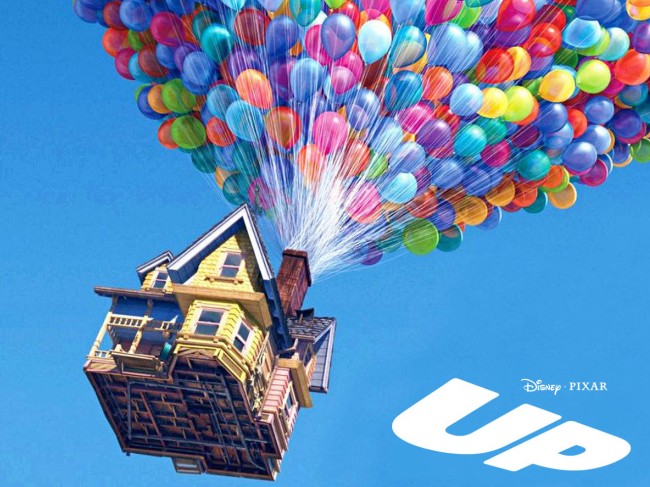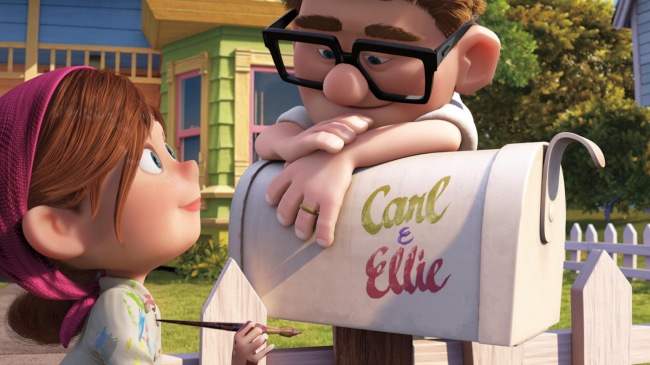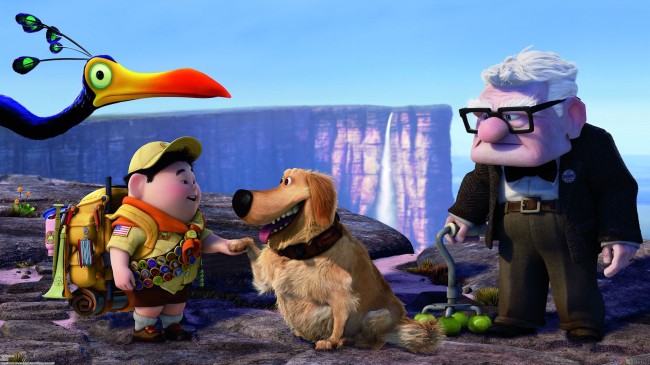When I first saw the title of the film, I thought… “Naaah. Another cheesy love story.” But I proved myself wrong. Its way beyond a simple love story. Yeah, its basically all about love. Love of a father to his son no matter how miserable his child is, love of a mother to her child that she still carried it for 9 months though she knew she’ll die afterwards, love of a kind woman to a newborn child who lost her mother since birth and the unexpected love between two totally different people.
The movie has a very sensitive topic. Its about a Russian Mafia family headed by Semyon. In the film, Semyon showed great disappointment in his son, Kirill. The latter was very lousy, irresponsible and out-of-control, which Semyon finds inappropriate for a son of a mafia leader. So he hired Nikolai, he was supposedly a family driver but turned out to be a cleaner later on. Cleaner, meaning the one who disposes murdered bodies by the mafia family to the river.
I was really convinced that Nikolai was a connivance of Semyon and Kirill because of many times he roved his loyalty to the family. He protects them especially Kirill to be caught by the authority, he does whatever Kirill orders, evenSemyons orders are always granted by Nikolai. But at the end, Nikolai revealed himself as a secret agent of the Russian government. He was just spying the family, gathered enough information and used them against the mafia family.
Naomi Watts played the role of the mid-wife named Anna. Tatiana, the mother of the child was so attached to her that she even risked her life just to protect the child from the mafia. Because of the diary written by Tatiana, Anna learned about how Semyon raped the Tatiana and abused her emotionally and mentally. She also knew that Semyon was the real father of the child Tatiana carried.
The film felt really tragic, but then lots of twists happened. At the the end, Nikolai revealed himself as a secret agent of the British Government and was really plotting a plan against the mafia family. He was able to read the diary of Tatiana when Semyon ordered him to get it from Anna. He was also able to prove that Semyon was the father of the child because of a paternity test.
There was also a scene where Anna’s uncle, named Stephan, was very mad to Nikolai thinking that the latter was a part of the mafia. Stephan spitted on Nikolai’s face and Nikolai got very pissed. After that, a scene where Nikolai went to Stephan’s apartment made me think that Nikolai will be avenging because of what Stephan did to him. But in the end, it was revealed that Stephan was taken for protection and was safe staying in a hotel.
The twist was really unexpected. I was personally amazed on how the story built up and turned out. I was also fascinated in the fact that the film was about mafia yet I haven’tsaw any gun used, which is very unlikely. There was an emphasis to knives especially to the scene of Nikolai having a fight with two guys with curve knives, which I believe are linoleum knives. That scene was quite impressive but at first it was a bit off to me because it is too bloody for a female like me. But the artistic concept of it was very powerful, showing the bare skin being cut off and fresh blood coming out has somehow greater impact to the audience and creates more attachment to the Nikolai’s character.



















